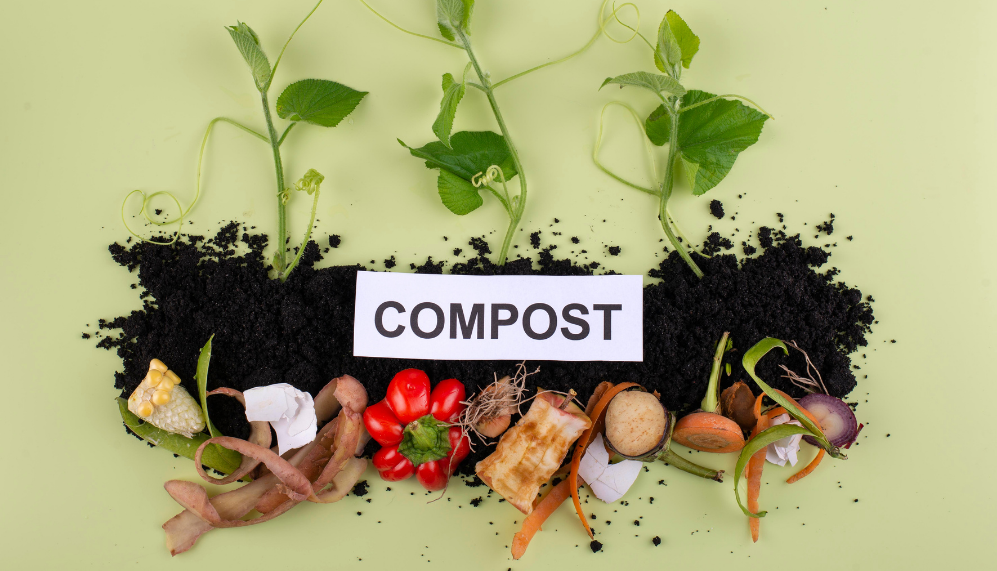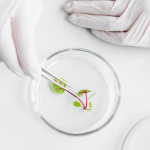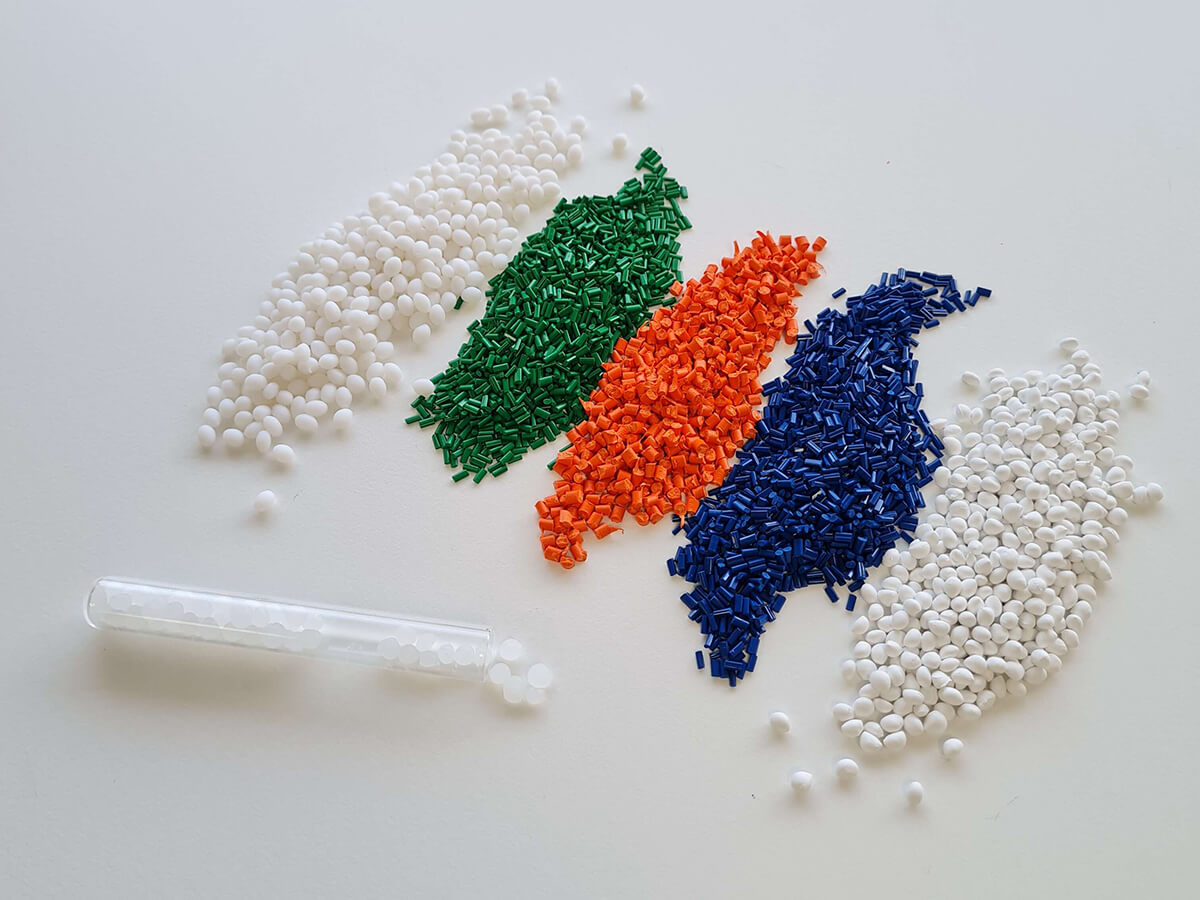
Industrial composting: phases and characteristics
Have you heard about industrial composting? There are different types of biodegradation and, industrial composting is only one of them. In today’s post we talk about how this process is, the main characteristics and how we can differentiate which products should be treated with this waste revaluation technique.
Composting is a biological process that results in obtaining compost from waste recovery. It is for this reason that compostable packaging according to Ok Compost certification has become one of the real alternatives to conventional plastic.
There are different types of composting:
- Home composting: it is carried out in garden composters. It is usually common in central Europe. With this type of composting we avoid the cost of collecting waste and transporting it to composting plants. However, as they are garden composters, the composting conditions are more difficult to control and can cause the process to be unstable and heat loss can occur.
- Industrial composting: It is carried out in composting plants that have a series of controlled conditions to carry out the process of successfully as possible. These facilities have specific temperatures and aerations that provide the appropriate level of moisture and oxygen. These factors make the process more stable, more efficient and reduce biodegradation times.
Recommended reading: What is the composting process and phases?
Industrial composting: aspects to be taken into account
One of the things you should know is what an industrial composting plant is and how it works. An industrial composting plant is a facility that carries out the revaluation of organic waste by treating it to produce what is known as organic fertilizer or compost.
This compost is obtained through the biodegradation of waste through the presence of oxygen and microorganisms found in nature. The waste used to obtain compost is organic waste such as food scraps, animal excrement, pruning, etc…
It is worth knowing that for the quality of the compost to be adequate, the content of nutrients and organic matter must be rigorously controlled. In addition, if several types of waste are to be deposited together, they must be properly mixed and distributed so that the process is balanced.
What is the industrial composting process like?
The first step in the composting process is a task of society. The organic waste generated in our homes must be deposited in a composting plant for its correct treatment.
Once this waste is in the composting plant, it is deposited in piles or windrows where it is turned on a recurring basis and moistened when necessary. There are other types of composting systems, but they tend to be more expensive.
When the waste is in the piles or windrows, the actual industrial composting process is carried out, which consists of 3 phases:
- Mesophilic phase: through which microorganisms acclimatize and mesophilic organisms appear.
- Thermophilic phase: temperature increases and thermophilic bacteria appear. Here temperatures rise and most of the waste biodegradation takes place.
- Cooling phase: mesophilic organisms reappear and the pH stabilizes, leading to humic acid formation. The remaining organic components are also synthesized.
In general, the most essential difference between composting and the decomposition of a container or material in nature is human intervention. While it is true that the biodegradation process is carried out by bacteria and fungi found in the environment, humans provide the ideal conditions for the process to take place more quickly and efficiently.

How to identify compostable packaging?
Materials or packaging that are certified and labelled Ok Compost Industrial guarantee that they are biodegradable under industrial composting solutions.
The reference framework to delimit when a packaging or material is or is not compostable is the harmonized standard EN-13432:2000. This implies that any product bearing the Ok Compost logo complies with the requirements of the European Packaging Directive (94/62/EEC).
Recommended reading: Advantages of using compostable packaging
Standards and regulations for industrial composting
As mentioned in the previous section, the European Standard EN 13432 as a regulation to correctly specify when a material or packaging is compostable. In other words, when the material or packaging complies with this standard, it must be recycled by composting.
This standard specifies a number of requirements and studies that materials must pass. Among other requirements, the degradation of the material must be a maximum of 90% in 6 months and must not have negative effects or diminish the quality of the compost that is generated. In addition, these materials must not leave traces of microplastics or heavy metals.
Suggested reading: All about the EN 13432 Standard
Prime Biopolymers develops bioplastics suitable for industrial composting
Prime Biopolymers has developed ZIMIA, compostable bioplastic grades that are suitable for proper biodegradation in industrial composting facilities.
We have a wide range of materials for different types of manufacturing and machinery that have been validated at industrial level.
In addition, thanks to our team of doctors in chemistry and materials as well as our complete materials characterization laboratory, we are able to adapt the different grades to each of our customers, thus ensuring that we meet the requirements of each container and compostable application.









